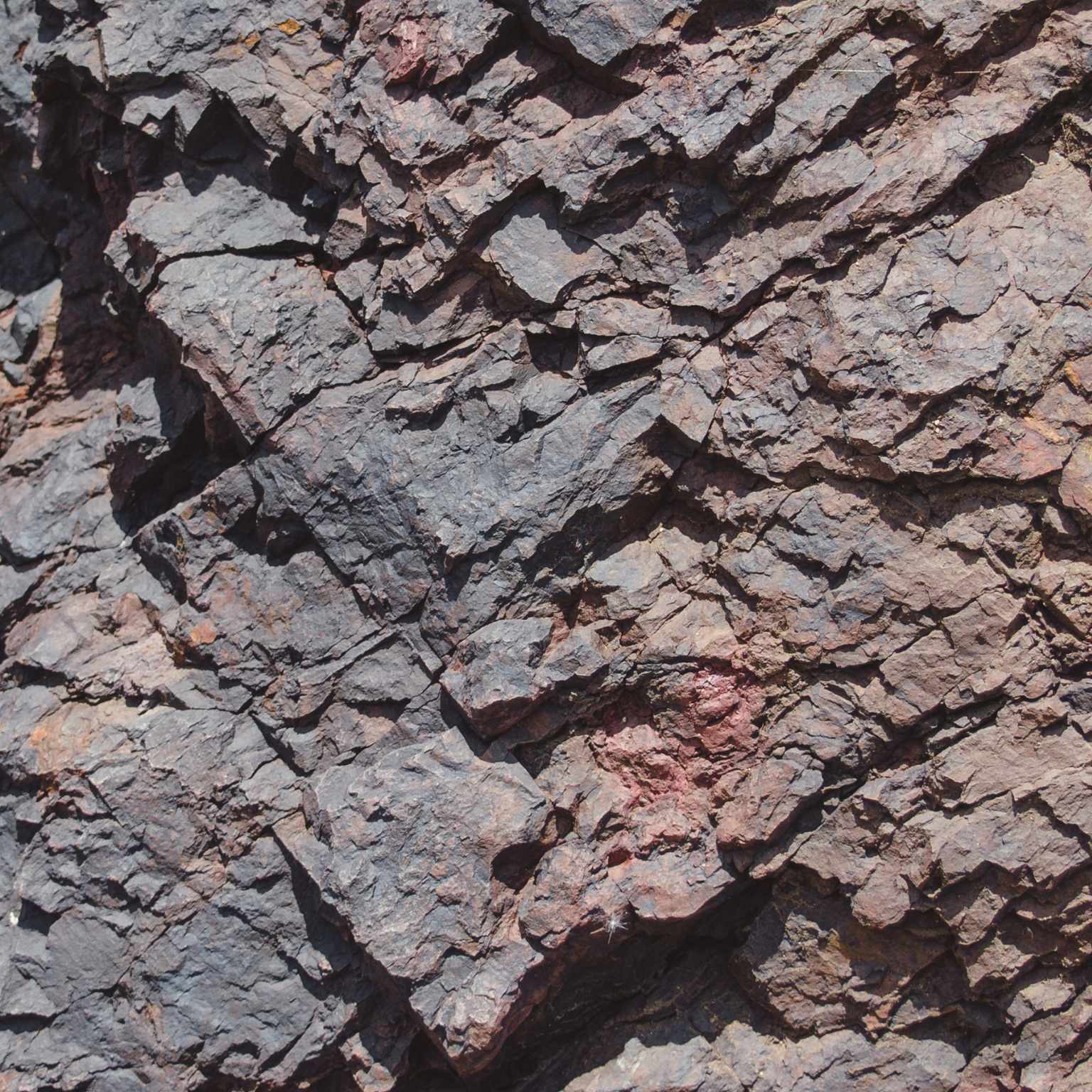As you walk through the dense forest, the crunch of branches underfoot accompanies your every step. In this moment, you are transported back in time to the era of the Vikings. The sun filters through the pine branches above, casting dappled shadows on the forest floor. The air is filled with the scent of smoke, and in the distance, the rhythmic clanging of a hammer against an anvil resonates through the trees. You know you're nearing a Viking village, where a blacksmith hammers away at his craft.
Exploring the Crucible: The Raw Material
To understand Viking-age iron making is to delve into the heart of the earth itself. The blacksmiths of old didn't source their iron from mines, but rather from the soil—this raw material, akin to sand, held within it the potential for transformation into sturdy iron. Yet, procuring the right soil with sufficient iron content was no simple task—it required a keen eye and experienced taste buds.
From Soil to Smelt: The Art of Iron Extraction
Once the iron-rich soil was identified, the process of extraction began. Nature played a vital role in this endeavor, with trees in the forest aiding in iron release during rainfall. The soil was collected and roasted, purging it of impurities and transforming its color—a visual indicator of its readiness for smelting.
Fueling the Flame: The Role of Charcoal
Charcoal, derived from wood, was fuel for the smelting process. However, as the demand for iron surged, so too did the pressure on the forests. Deforestation became a pressing concern, altering the landscape of medieval Sweden.
Crafting the Crucible: Bloomery Furnaces
Bloomery furnaces, crafted from clay, were the heart of the iron-making process. These structures varied in size, depending on the scale of iron production. Once preheated, they became vessels for the transformation of iron-rich sand into molten metal—a delicate dance of heat and alchemy.
Forging the Future: From Molten Mass to Usable Iron
The extraction of molten iron from the furnace marked the culmination of the smelting process. Yet, the journey was far from over. Through careful forging and purification, the raw iron was transformed into usable bars—ready to be shaped by skilled blacksmiths into tools, weapons, and artifacts.
Legacy of the Forge: Iron in Viking Life
From rivets and nails to tools and weaponry, iron found its way into various aspects of Viking life, albeit sparingly due to its expense. Yet, its introduction marked a pivotal moment in human history, ushering in an era where iron reigned supreme over wood, bone, and bronze.
Conclusion: A Journey's End
As we bid farewell to the Viking forge and retreat into the depths of the forest, we carry with us a newfound appreciation for the artistry and innovation of those who came before us. Iron making in the Viking age was not merely a craft—it was a revolution that shaped the course of history.

